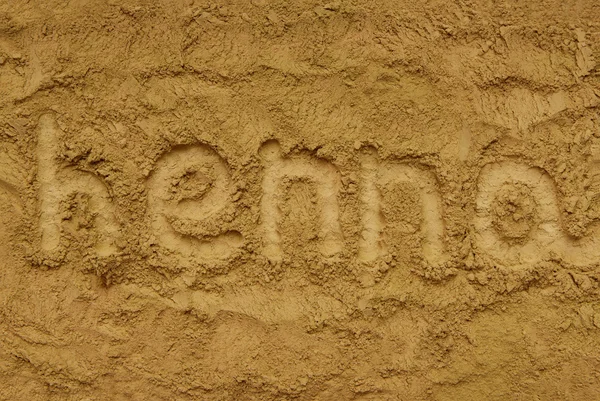
The SmartO2 is SuperScribe’s pulse oximeter, or device to measure SpO2 for you. The term associated with pulse oximetry is SpO2. Pulse oximetry is the measure of the saturation of oxygen in your blood.

Pulse oximetry continues to be tossed around, but using it is nothing new to the medical field. Tagged scribe SuperScribe, LLC Summer 2021 NewsletterĪs we continue to learn more about COVID-19 and its affect on the human body, there are some recurring terms that keep popping up. We handle all the hiring, staffing, scheduling, training (this includes HIPAA, EMTALA, our policies, client policies, EHR use, etc.) so all you have to do as the provider is show up to work with a scribe that’s ready too.Ĭontact us today at or 77 to start or expand your medical scribe program today! So this means weekdays, weekends, overnight shifts, and holidays.

Whenever the provider is working, we are working too. SuperScribe, LLC has been operating throughout Georgia for over ten years, servicing health systems, hospitals, clinics, and independent providers with their medical scribe needs. You can go home earlier as your charts are completed in live time, and are oftentimes prepped for the next patient Scribes can be chaperones in specific cases for the opposite sex More billing points can be achieved per patient chartĪ new generation of healthcare providers is helped being trained by you Less time is spent on the EHR, leading to less burnout Providers can see more patients throughout the day The provider can genuinely care for the patient, the scribe can document the entire encounter while completing the HPI and ROS, the patient is happier, and more billing points on the chart are completed so the provider can achieve higher reimbursement per patient encounter.
SUPERSCRIBE FULL
Scribes are there to document the patient encounter so the provider can give his or her 100% full attention to the patient. Or they are talking to you with their face to the computer while you’re trying to tell them about your chest pain and back soreness. Just picture your provider listening to your heart, then going to type up the info, looking in your ears, typing up that info, and back and forth. But this means that providers have to be proficient in using computers/tablets and patient care at the same time. It’s a good thing that we moved to a digital system because patient records can be easily accessed by providers and the patient, and patient data can be sent anywhere in a matter of minutes. However, the implementation of EHR systems threw in a monkey wrench from the old system of using paper notes. Healthcare providers are great at what they are trained to do: taking care of patients. There are nuances to each system, but they all work in a similar fashion. Although big players such as EPIC, Cerner, Allscripts, Meditech, and eClinicalWorks get most of the attention, there are a wide variety of smaller systems that are in use by smaller practices. Today, nearly every health system and outpatient clinic uses one of the hundreds of different EHR systems that have been developed. President Bush was the first to start pushing for more usage of the EHR and President Obama was the first to really use financial leverage as a way to really implement the use of electronic record keeping. The electronic health record (EHR) or electronic medical record (EMR) have been around since the 1970’s in the United States. Nothing beats real world experience right?Ī little background. Recent undergrads have a better idea of the field they want to enter, but this vision can also change, especially when scribing in an emergency department setting. College students are typically looking for more experience in healthcare as they have a current vision of the field they want to enter, but this usually changes during and after the scribing experience. Typically, medical scribes are college students or recent graduates that in their gap year and focused on a career in healthcare.

So first, what are medical scribes? Medical scribes are essentially live transcriptionists for healthcare providers that document patient encounters.


 0 kommentar(er)
0 kommentar(er)
